#St Antholin
Explore tagged Tumblr posts
Text
Sir Christopher Wren
Sir Christopher Wren died 300 years ago on 8 March 1723. The Folly Flâneuse thought she would mark the anniversary by looking at a two examples of his work that served as garden ornaments – once surplus to their original requirements. (more…) “”
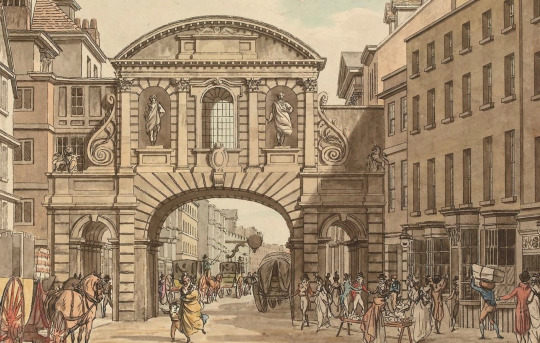
View On WordPress
#City of London#Lady Meux#Paternoster Square#Robert Harrild#Seely & Paget#Sir Christopher Wren#Sir Henry Bruce Meux#St Antholin#Sydenham#Temple Bar#Theobalds
0 notes
Text
spontaneous
• AGREEABLE CHARGE
• AGREEABLE ST STEPHEN'S DAY
• AGREEABLE LIMITS OF THE GARDEN
• AGREEABLE ENGLISH PANTOMIME
• AGREEABLE PARISHIONERS
• AGREEABLE Â39
• AGREEABLE GREAT BELT
• AGREEABLE HOME
• AGREEABLE BUNS
• AGREEABLE ST ANTHOLIN'S CHURCH
• AGREEABLE IS
• AGREEABLE FIRE
• AGREEABLE Â 59
• AGREEABLE HOGARTH
• AGREEABLE LINKBOYS
• AGREEABLE FORESTS
• AGREEABLE YEWTREES
• AGREEABLE ST STEPHEN
• AGREEABLE TIME
• AGREEABLE PERSON
• AGREEABLE TOYS
• AGREEABLE SHAMBLES
• AGREEABLE LOAN OF £1000000
• AGREEABLE CHRISTMAS PANTOMIMES
• AGREEABLE J BRETHREN OF THE BRUSH
• AGREEABLE FEET
• AGREEABLE AUTHOR
• AGREEABLE WINK
• AGREEABLE OFFER OF £4000
• AGREEABLE INSTEPS
• AGREEABLE DULWICH COMMON
• AGREEABLE CROWD OF FOOLS
• AGREEABLE HERE
• AGREEABLE LOVERS
• AGREEABLE IGNOSO
• AGREEABLE DURATION
• AGREEABLE BILLS
• AGREEABLE PANTOMIME
• AGREEABLE ABUSES
• AGREEABLE
• AGREEABLE PHILADELPHIA
• AGREEABLE BUT DOAT
• AGREEABLE ACTOR REPROACHES
• AGREEABLE GRECIAN STYLE
• AGREEABLE STEPHEN GIRARD
• AGREEABLE WOMEN
0 notes
Text
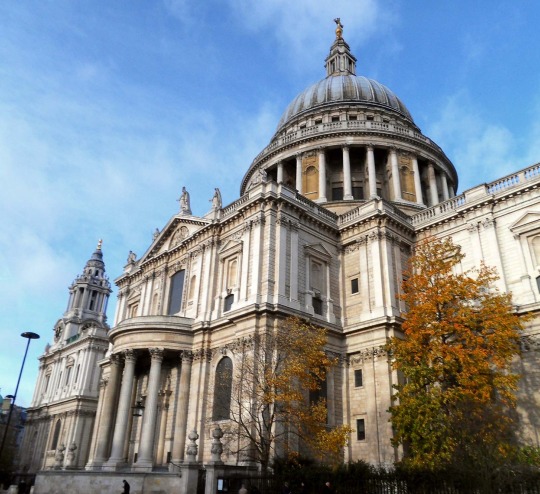

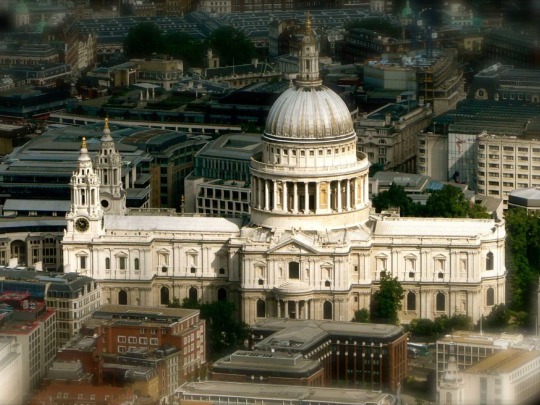
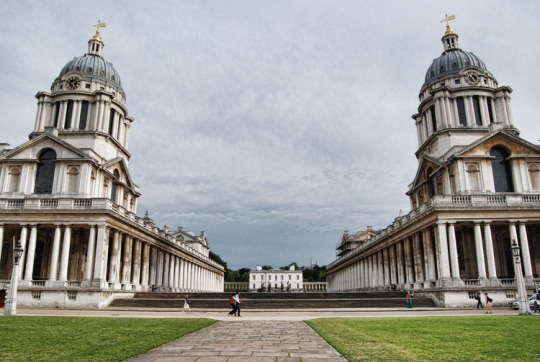
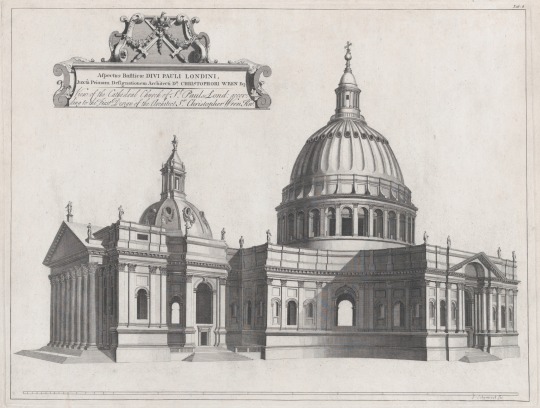
CHRITOPHER WREN
Sir christoper wren was one of the most highly acclaimed English architects in history, as well as an anatomist, astronomer, geometry, and mathematician physicist. Born 20th October 1632, in east knoyle and died 25th February 1723 in st James’s, London. We was then buried 16th March 1723 in St. Paul’s cathedral, London. He had 5 children (William wren, Christopher wren jr, Gilbert wren, Jane wren and Christopher wren.) he also has a few books about himself such as micrographia, the architectural drawings is sir Christopher wren, the anatomy of the brain, sir Christopher wren: the designer, the attribute of eternal and places of worship. The younger Christopher was trained by his father to be an architect. It was this Christopher that supervised the topping out ceremony of St. Paul’s in 1710 and wrote the famous parentalia, or memoirs of the family of the wrens. Faith wren died of smallpox on 3rd September 1675. Wren was born in east knoyle in in Wiltshire, the only surviving son of Christopher wren the elder, (1589-1658) and Mary cox, the only child of the Wiltshire squire Robert cox from fontill bishop. Christopher sr. Was at that time the rector of east knoyle and later dean of Windsor. It was while they were living at east knoyle that all children were born; Mary, Catherine and Susan were all born 1628 but then several children were born who died within a few weeks of their birth. Their son Christopher was born in 1632then, two years later, another daughter called Elizabeth was born. Mary must have died shortly after the birth of Elizabeth, although there does not appear to be any surviving record of the date. Through Mary cox, however the family became well off financially for, as the only heir, she had inherited her fathers estate. As a child wren seemed consumptive although a sickly child, he would survive into old age. He was first taught at home by a private tutor and his father. Little is known of wrens schooling thereafter, during dangerous times when his fathers royal associations would have required the family to keep a very low profile from the ruling parliamentary authorities. It was a tough time in his life, but one which would go on to have a significant impact upon his later works. The story that he was at west minister school between 1641 and 1646 is sub stained. Some of wrens youthful exercises preserved or recorded showed that he received a thorough grounding in Latin and also learned to draw.
Structures he had designed: St. Paul’s cathedral, monument of the great fire of London, Kensington palace, temple bar gate, 11 Downing Street, old St. Paul’s cathedral, royal observatory, the sheldonian theatre, Marlborough house, st Mary le bow, st Stephen walnrook, st brides church, royal hospital Chelsea, Tom tower, st clement Danes church, st Mary aldermanbury, wren library, Saint Dunstan in the east church, st Magnus the martyr, St. James’s Piccadilly, wren building, Christchurch greyfriars church, st Mary aldermary, Pembroke college chapel, st Mildred bread street, st Lawrence Jewry c of e, All Hallows Lombard street, st swithin London stone, st Vedast alias foster, the guild church of Saint Martin, st benet Welsh church Paul’s, st benet grace church, st antholin budge row, st Clements church, st Michael, Cornhill, st Michael queenhithe, st Michael paternoster, st Mildred poultry, st James garlickhyth, st Andrew Holborn, st Margaret’s church, All Hallows’ the great, st Michael crooked lane, All Hallows, bread street, wren house, st Dionis backchurch, st Stephen Coleman street, st Christopher le stocks, st Mary magdalen, st olave old Jewry, st bartholomew by the exchange.
The wren building, the main building at the college of William and Mary, Virginia, has been attributed to wren. By 1669, wrens career was well established and it may have been his appointment as surveyor of the kings works in early 1669 that persuaded him that he could finally afford to take a wife. In 1669, the 37 year old wren married his childhood neighbour the 33 year old faith cog hill, little is known about faith.
In wrens age, the profession of architect as understood today did not exist. Since the early years of the 17th century it was not unusual for well educated young men to take up architecture as a gentlemanly activity, a persuit widely accepted as a branch of applied mathematics. This is implicit in the writings of vitruvius and explicit in such 16th century authors as John Dee and Leonard digges. When wren was a student at oxford, he became familiar with vitruvius in 1668, building work began on wrens designs for Emmanuel college chapel in Cambridge and the garden in trinity in Oxford. In English medieval tradition, buildings had been constructed to the needs of the patron and the suggestions of buildings professionals, such as master carpenters or master bricklayers. Through the royal society and his use of optics, the king noticed wrens works. Wren had mastered and thoroughly understood the principles of architecture unlike several of his colleagues, who regarded it as a set of rules and formulations for design, he had acquired, understood and exploited the necessary combination of reason and intuition, experience and imagination. Wrens first architectural project was the chapel of Pembroke college in Cambridge, which his uncle Matthew wren, the bishop of Ely, asked him to design in 1663. The second was the design of the theatre in Oxford completed in 1668.
I like wren as he has created a huge amount of designs and some have been very successful and now are very famous.
1 note
·
View note